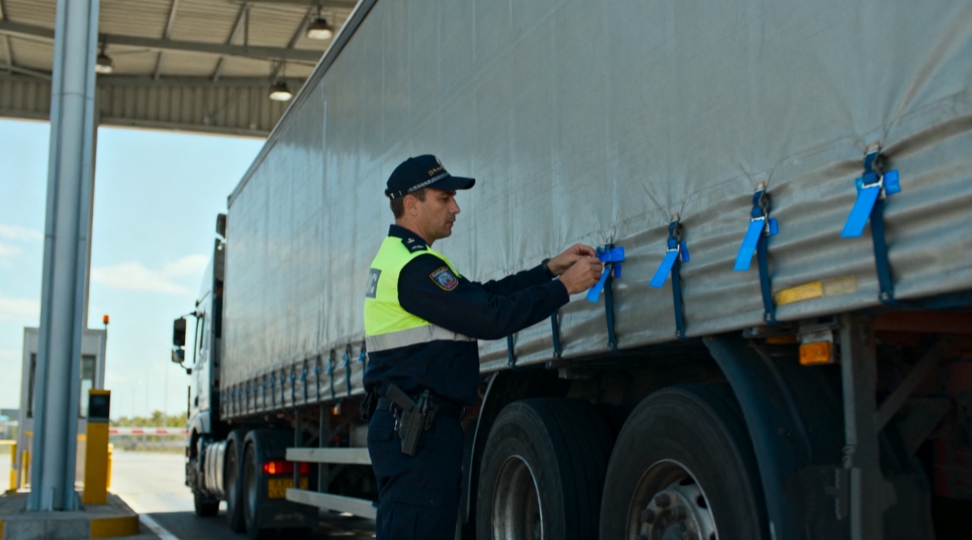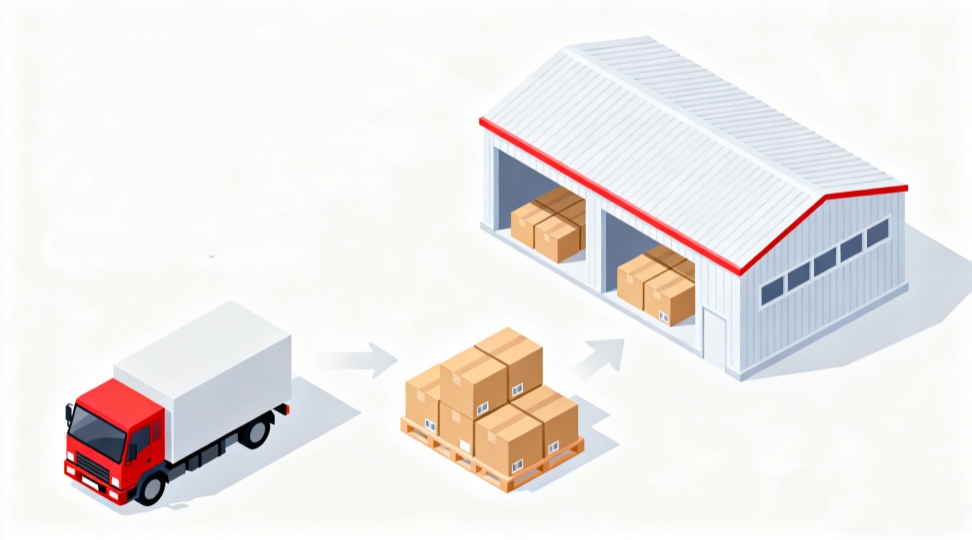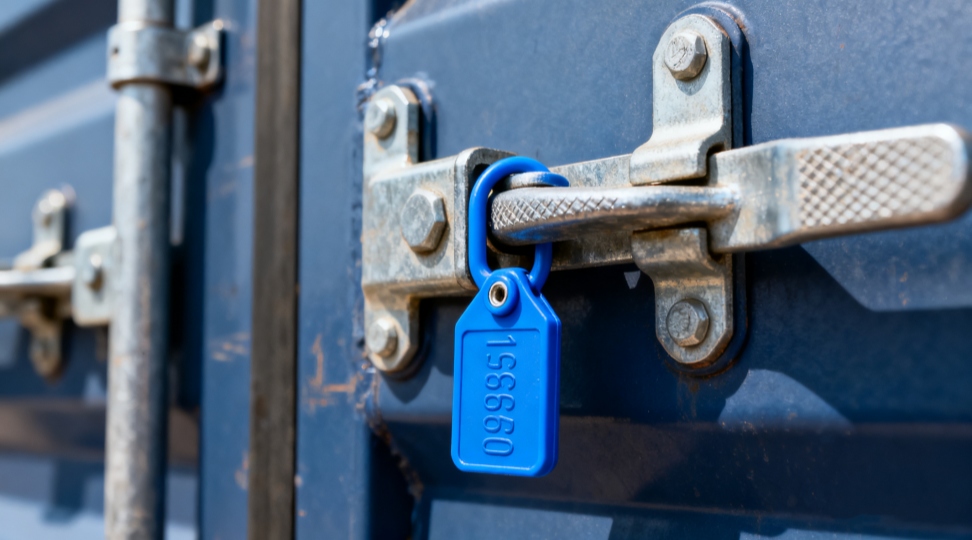What Is TIR? The TIR system (from French Transports Internationaux Routiers, meaning International Road Transport) is a global customs transit convention designed to simplify cross-border freight. In practice, what is TIR? It is an international transit regime whereby trucks carry goods in sealed compartments under a single customs guarantee. TIR has evolved into “the only globally applicable international customs transit and guarantee system”. Today, the UN-backed TIR Convention covers 78 contracting parties (including all EU members). This makes TIR “the only universal Customs transit system in existence”. In other words, TIR transports – often called TIR transport – can move seamlessly across dozens of borders in Europe, Asia, and beyond under a common set of rules and guarantees.

Using TIR, a single international TIR carnet (customs document and guarantee) covers an entire multi-country journey. That roughly 10,000 transport companies use TIR, issuing carnets to about 80,000 trucks each month. For exporters, this means that cargo can travel without paying duties at every border. Instead, customs officials seal the load at departure and check the seal at each frontier. The result is faster, cheaper, and more secure transit. TIR can cut transport time by up to 80% and costs by up to 38% compared with conventional transit procedures.
| Indicator | Value |
|---|---|
| TIR Contracting Parties | 78 (including the EU) |
| Authorized Transport Operators | 30,000+ worldwide |
| Annual TIR Transport Operations | ~1,000,000 shipments/year |
| TIR Carnets Issued (approx.) | ~960,000 per year (80,000/month) |
TIR, at its core, is a global customs transit system established under the United Nations TIR Convention (Transports Internationaux Routiers). It's designed to simplify and accelerate international road transport while ensuring appropriate customs controls and duties collection. But what is TIR in practical terms? It's a system that allows goods to be shipped from a country of origin to a destination country with minimal interference at border crossings, using standardized procedures and documents.
The TIR system operates on several key principles that distinguish it from conventional international road transport:
Single guarantee: One internationally valid guarantee covers customs duties and taxes throughout the journey
Mutual recognition: All participating countries recognize customs controls performed in other member states
Secure vehicles: Goods must be transported in secured vehicles or containers that prevent unauthorized access
Single document: One document (the TIR Carnet) serves as the control document throughout the journey
The system currently includes over 70 member countries spanning Europe, Central Asia, the Middle East, and North Africa, creating an extensive network that facilitates trade across continents.
Understanding the TIR procedure is essential for businesses considering this transport method. The process follows a carefully structured approach:
Route Planning and Preparation: The transporter plans a route passing through TIR member countries and ensures all requirements are met, including proper vehicle certification and documentation.
Departure Formalities: At the initial customs office, the goods are presented along with the TIR Carnet. Customs officials examine the shipment, verify the Carnet, and apply customs seals to the secured vehicle or container.
Transit Through Intermediate Countries: As the vehicle crosses through intermediate countries, customs authorities primarily check the external seals and TIR Carnet without opening the cargo compartment. This is where significant time savings occur compared to conventional transport.
Destination Procedures: At the final destination customs office, officials perform a thorough check, remove the seals, and discharge the TIR Carnet, completing the transport operation.

The TIR's meaning in practical terms translates to dramatically reduced border waiting times. For example, while traditional border crossings might take 2-3 days for clearance, TIR transport typically completes the process in just a few hours.
Understanding what TIR stands for also means looking at its evolution. The concept began in 1949, when IRU (the International Road Transport Union) created an initial TIR system as an intergovernmental agreement. It aimed to facilitate trade across the fractured borders of post-war Europe. In 1959, this arrangement was formalized as a United Nations convention on International Transport of Goods under Cover of TIR Carnets. IRU continued to manage the system, and it quickly became the international standard for customs transit.
By 1975, changing trade and transport patterns (especially the rise of containerization) prompted a new TIR Convention. The 1975 treaty replaced the 1959 version and explicitly allowed intermodal transport (e.g., combining road with rail or sea) as long as at least one leg is by road. This kept TIR relevant in the container era. Since then, the Convention has been periodically updated through amendments and the addition of digital tools (like the future eTIR system).
Today, 78 countries plus the EU are Parties to the TIR Convention. This includes all major road-trading nations in Europe and many in Asia, the Middle East, and North Africa. Over the decades, TIR has been steadily expanded to new regions: for example, China joined in 2016 (making China–Europe road transit possible in 16 days), and Iraq became the 78th Party in 2023. Meanwhile, IRU continues modernizing TIR – for instance, allowing electronic pre-declarations (TIR-EPD) and planning a full eTIR system. In short, the TIR meaning today encompasses seven decades of trade facilitation and is widely recognized as one of the most successful UN transport conventions.
For exporters and logistics professionals, using TIR can bring dramatic benefits. Some of the most important are:
Faster Border Crossings: Because customs only physically inspect cargo at the origin and destination, border delays are drastically cut. Customs in transit countries simply check the TIR seals and documentation. Studies show TIR can reduce transport time by up to 80%.
Lower Costs: Fewer checks and formalities mean lower administrative and indirect costs. By one estimate, TIR can cut transport costs by about 38%. In practice, eliminating long truck queues and avoiding extra permits saves money on the whole supply chain.
Enhanced Security: TIR shipments are highly secure. The sealed vehicle ensures goods cannot be tampered with between borders, and the international guarantee (backed by IRU) means customs duties are always covered. This gives shippers and customs authorities confidence, reducing the risk of fraud or theft.
Standardization: TIR provides a single harmonized procedure. Hauliers use the same TIR carnet and guarantee for the entire journey, instead of dealing with different documents or bonds in each country. This uniformity also raises industry standards; IRU notes that TIR sets a “global benchmark” for secure vehicles and professional operators.
Environmental Impact: Faster transit times mean less idle time and lower fuel consumption. Long queues at borders produce unnecessary emissions; TIR’s speedier crossings help cut the carbon footprint of each trip. TIR also encourages intermodal links (e.g., road plus rail or sea), allowing shippers to use the most efficient routes and modes for each leg.
Collectively, these benefits boost trade and prosperity. For example, TIR has opened new trade corridors between East and West: since China joined, routes linking Shenzhen to Europe can operate end-to-end under one TIR guarantee, making a journey that once took months now possible in a matter of weeks. IRU notes that about 40% of the world’s population (including India, Pakistan, Gulf states, and others) now lives in countries covered by TIR, vastly broadening trade opportunities. In short, the TIR transport system is a proven trade facilitator – accelerating trucks, securing cargo, and lowering costs for exporters.
The TIR system continues to evolve with new applications and technological enhancements:
Advanced technologies are being integrated into TIR operations to further enhance efficiency. These include GPS tracking systems, electronic seals, and digital platforms that provide real-time visibility into shipment locations and conditions. Such innovations complement the traditional TIR procedure while adding layers of security and transparency.
Several innovative hybrid models have expanded the application of TIR transport:
"TIR + Market Procurement": Combining TIR with market procurement trade methods, particularly beneficial for small and medium-sized enterprises with "multi-variety, small-batch" export needs.
"TIR + Cross-border E-commerce 9610": Integrating TIR with cross-border e-commerce, as demonstrated in Wenzhou, where shipments of glasses, hats, and other e-commerce goods were successfully sent to Europe.
"TIR + Sea Transport": Connecting maritime and overland routes, as seen in Dalian's development of a replicable "coastal model" for China-Europe transport.

The future of TIR international transport appears poised for continued expansion along several dimensions:
Network Growth: Existing routes will expand while new corridors emerge, particularly in Southeast Asia under the GMS agreement.
Vehicle Technology: Advanced trucks like the FAW J7 Pioneer Edition are being specifically adapted for TIR operations, featuring enhanced fuel efficiency (saving 2L/100km), L2 autonomous driving systems, and extended durability (2-million-km B10 life).
Multi-modal Integration: TIR is increasingly dovetailing with other transport modes, exemplified by Qingdao's SCO Demonstration Area, building a comprehensive system incorporating "TIR + China-Europe Railway + Sea-Rail Intermodal + Air-Land Intermodal".
Despite its advantages, TIR transport faces certain challenges that businesses should consider:
While generally cost-efficient, TIR operations face increasing expenses in certain corridors. For instance, additional charges such as Russia's 80% equipment fee increase have raised operational costs. Border delays, including 15% longer customs inspections in Russia, also contribute to higher expenses.
The growing popularity of TIR international transport has attracted more participants, leading to intensified competition. The number of TIR-certified enterprises in China alone has surged by 30% to approximately 200 companies. This expansion creates a more competitive environment where efficiency and service quality become critical differentiators.
TIR transport involves navigating varied regulations and requirements across multiple jurisdictions. Changes in border procedures, documentation requirements, or transit regulations can impact operations. Additionally, geopolitical factors can influence transit conditions, as seen in fluctuations in customs efficiency in some Central Asian countries.
Q: What does TIR stand for, and what is its meaning?
A: TIR stands for Transports Internationaux Routiers (French), meaning “International Road Transport”. It refers to the UN-administered customs transit system that lets trucks carry sealed freight across multiple countries under one international guarantee. In practice, “what is TIR transport” simply means a transport journey conducted under this TIR Convention.
Q: How is a TIR transport different from normal transit?
A: In a TIR transport, customs controls are done mainly at the departure and destination points. Intermediate borders only verify the vehicle’s seals and the TIR carnet, instead of doing full inspections. This contrasts with normal transit, where goods may be checked at every border. As a result, TIR can reduce total transit time dramatically and eliminate repeated paperwork.
Q: What is a TIR carnet, and who issues it?
A: A TIR carnet is an internationally recognized customs document that details the goods, the shippers, and serves as a financial guarantee. It is issued by your country’s national road transport association (typically an IRU member organization). Only authorized transport companies can obtain TIR carnets. Before the trip, the carrier presents the carnet and goods to customs at departure, and it accompanies the cargo until the final destination.
Q: Do I pay customs duties when using TIR?
A: Normally, no duties are paid at each border during a TIR journey. Instead, duties are suspended as long as the goods stay in transit under the sealed carnet. If the truck delivers nothing in a transit country, no taxes are due. Only at the final destination do customs calculate any applicable duties; if the goods were diverted or tampered with, the guarantee on the TIR carnet covers the unpaid taxes. This system ensures customs risks are protected without halting the truck at every crossing.
Q: What does “TIR transport” mean?
A: “TIR transport” simply refers to any cross-border freight haul carried out under the rules of the TIR Convention. Vehicles involved display the blue TIR sign and use a TIR carnet. Essentially, a TIR transport is a road (or combined) journey that benefits from the TIR procedure and guarantee.
Q: Can I use TIR for shipments entirely within the EU?
A: Within the EU single market, customs controls are largely abolished, so TIR is usually unnecessary for intra-EU moves. However, TIR becomes very useful when going outside the EU. For example, a shipment from Poland to Germany does not need TIR, but one from Poland to Belarus or Turkey would. Also, following Brexit, companies are looking at TIR again for UK–EU shipments as a way to smooth border checks.
Q: What is TIR-EPD?
A: TIR-EPD is the Electronic Pre-Declaration for TIR. It allows the carrier or customs office of departure to send advance cargo data electronically to all border agencies along the route. This digital step speeds up the process even further, since transit and destination customs can pre-check the shipment before the truck even arrives.
Navigating the complexities of TIR transport requires expertise and reliable partnerships. At DR Trans, we've developed comprehensive capabilities to ensure our clients maximize the benefits of the TIR system:
We manage the complete TIR procedure on your behalf, from initial documentation and customs formalities to route planning and real-time shipment monitoring. Our expertise ensures that your goods move seamlessly through multiple borders with minimal delays.
Our established relationships with customs authorities and transportation partners across TIR member countries enable us to provide reliable and efficient TIR transport services. We maintain up-to-date knowledge of regulatory changes and procedural requirements in different jurisdictions.
We incorporate advanced tracking technologies to provide full visibility throughout the TIR international transport process. Our customers receive regular updates on shipment locations and status, enabling better planning and inventory management.
Beyond execution, we provide strategic guidance to help customers optimize their use of TIR transport. This includes identifying the most efficient routes, navigating regulatory requirements, and implementing practices that maximize the benefits of the TIR system for specific business needs.

The TIR transport convention is a cornerstone of modern international logistics. It stands for a harmonized, secure way to move goods by road across many countries with minimal hassle. For businesses exporting to Europe, Russia, Belarus, the EU, or Central Asia, using TIR can mean significantly faster deliveries and lower costs. With the global economy continuing to grow, TIR remains a key driver of trade facilitation. By understanding what TIR is, how it works, and leveraging partners like DR Trans, companies can streamline their cross-border operations and gain a competitive edge in global markets.